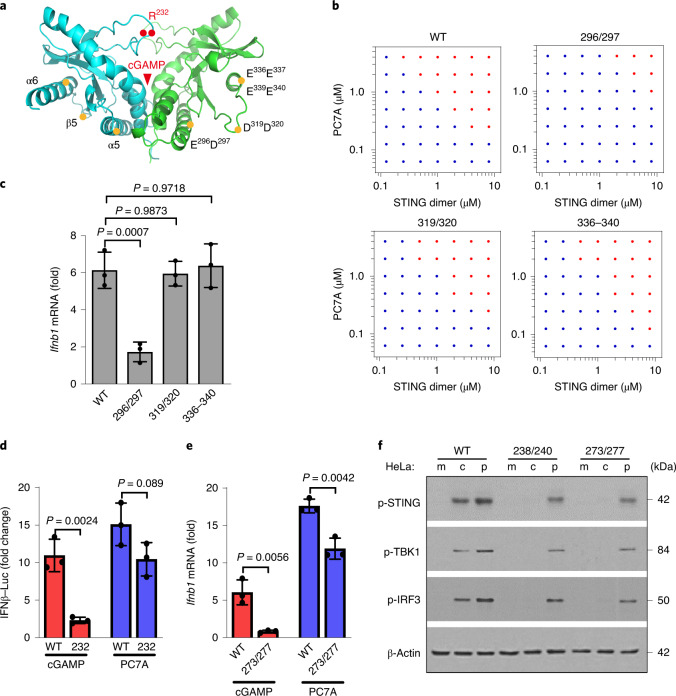Fig. 4. STING condensation and activation by PC7A polymer occurs through a distinct binding site from cGAMP.
a, Schematic of site-directed mutagenesis on the STING structure. Mutation sites are distinct from the cGAMP-binding pocket. b,c, STING mutation of E296A/D297A abolishes STING condensation (b) and immune activation (c) in response to PC7A. Other mutations in STING do not affect PC7A-induced STING activation. Data are mean ± s.d. n = 3 biologically independent experiments. Statistical analysis was performed using one-way ANOVA. d–f, PC7A retains immune activity in several cGAMP-resistant STING variants. R232H in THP1 cells (d) or R238A/Y240A in HeLa cells (f) abrogates cGAMP binding. Q273A/A277Q (e,f), which disrupts the tetramer interface and cGAMP-mediated STING oligomerization, abolishes STING activation by cGAMP but not by PC7A. Data are mean ± s.d. n = 3 biologically independent experiments. Statistical analysis was performed using two-tailed Student’s t-tests. c, cGAMP; m, mock; p, PC7A polymer.

